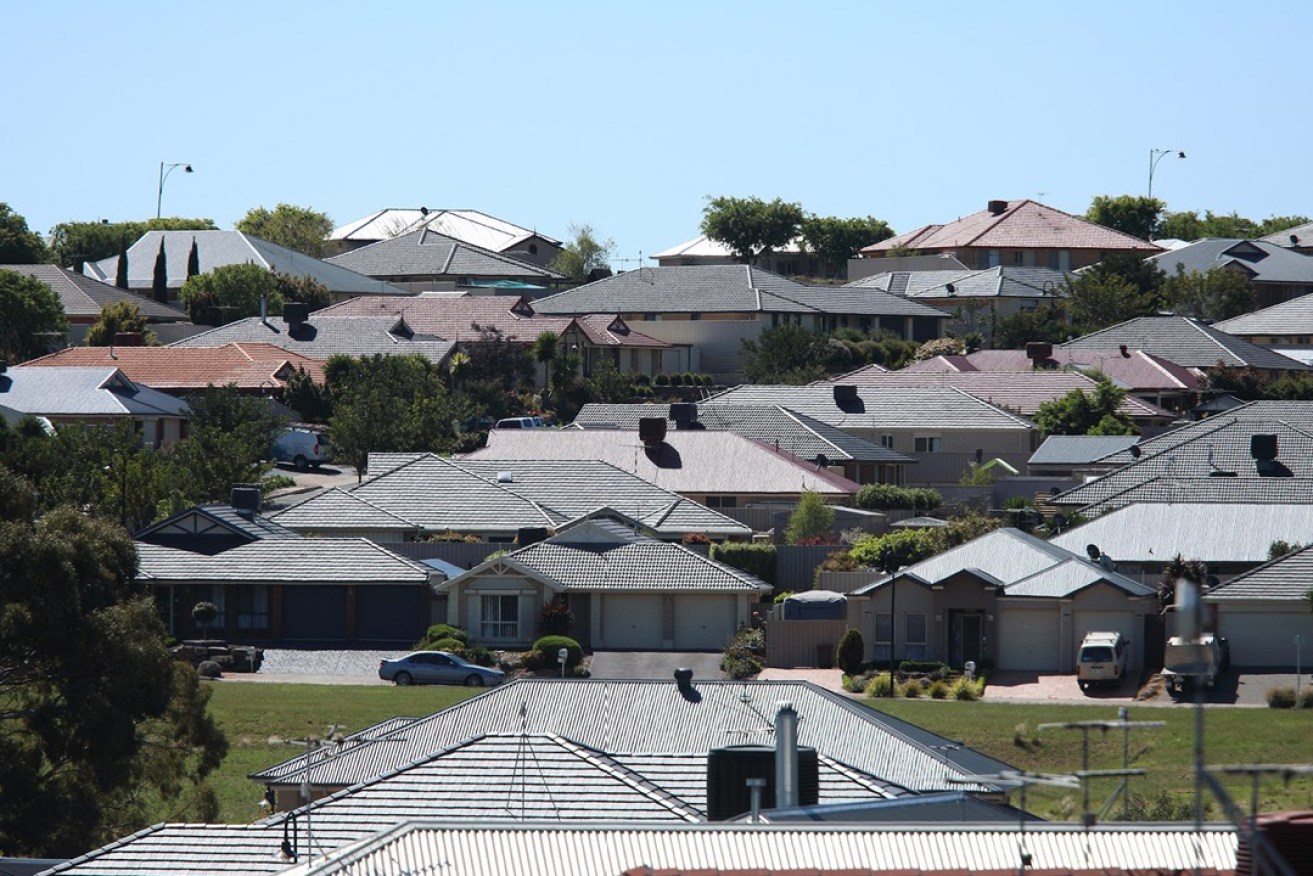Affordable housing ‘stigmatising’ low-income earners
South Australia has the broadest and most consistent approach to affordable housing inclusion in Australia, but housing advocates say low-income earners are still stigmatised by the state’s housing policies.

New research from the Australian Housing and Urban Research Institute (AHURI) has found that South Australia’s requirement of 15 per cent affordable housing in residential developments is a benchmark example for the rest of the country.
Under the South Australian model, affordable homes are classified as being under the specified $320,000 price point for the greater Adelaide and regional cities area.
Affordable housing must be offered to eligible purchasers – including low-income earners and social housing providers – for 30 days before the housing can be released on the open market.
“The rest of Australia can learn from South Australia,” lead researcher Professor Nicole Gurran said.
“It’s just a consistent model that didn’t make providing affordable housing unviable.”
AHURI researchers found that, in addition to the 2009 affordable homes already built in South Australia, a further 3476 homes were in development, most of which are located in outer suburban Adelaide.
“There were some concerns raised about the location of affordable housing – particularly in relation to transport,” Gurran said.
“It was a priority, particularly for community housing providers, to have suburbs near transport because of affordability.
“There was also concern that there was an oversupply of homes in fringe locations.”
Shelter SA executive director Alice Clark said despite the claim South Australia had a “broad and consistent” approach to affordable housing she found the report’s findings “disappointing”.
“I’ve got mixed feelings about inclusionary zoning – my question is why isn’t the percentage higher?” she said.
“If we’re looking at other countries that have inclusionary zoning you see their percentages are a lot higher – 20 to 40 per cent like in the UK and in America.
“The fact that it is not mandatory for all developments – only significant projects of more than 20 dwellings – isn’t satisfactory.”
South Australia is one of three jurisdictions in Australia with an inclusionary zoning target.
Clark said to achieve the affordability target some developers built dwellings on smaller blocks with lower quality materials.
According to the AHURI report, reducing lot size and modifying designs had been a “key factor” in the high degree of developer acceptance of the state’s guidelines.
“We’ve had conversations with developers and builders and other housing providers and they have alluded to less amenity of units, less natural light for example,” Clark said.
“The developers don’t like them, the people buying them don’t like them, really they don’t benefit anyone.
“They stand out for all the wrong reasons and residents can be stigmatised.”
Clark said the $320,000 price point in the Greater Adelaide and Regional Cities was unaffordable for the low-income families most in need of affordable housing.
She also said people could exploit the 30 day sell-off period for affordable housing.
Under current guidelines, affordable housing properties must be offered to eligible purchasers for 30 days (formerly 90 days) before the houses are able to be released on the open market.
“If someone does achieve purchase in 30 days there is nothing stopping them from selling it later at full price,” Clark said.
AHURI says there were concerns that the stipulated 30 days might not be sufficient for households to raise funds before the properties hit the open market.
“In theory, the policies are very good but there is room for improvement,” Clark said.
“If we had complementary policy settings we could start to tolerate less profit and better outcomes for people on lower incomes.”
Clark suggested a number of new strategies, including additional planning incentives for developers to include more affordable housing, to help alleviate housing stress on the state’s low-income earners.




